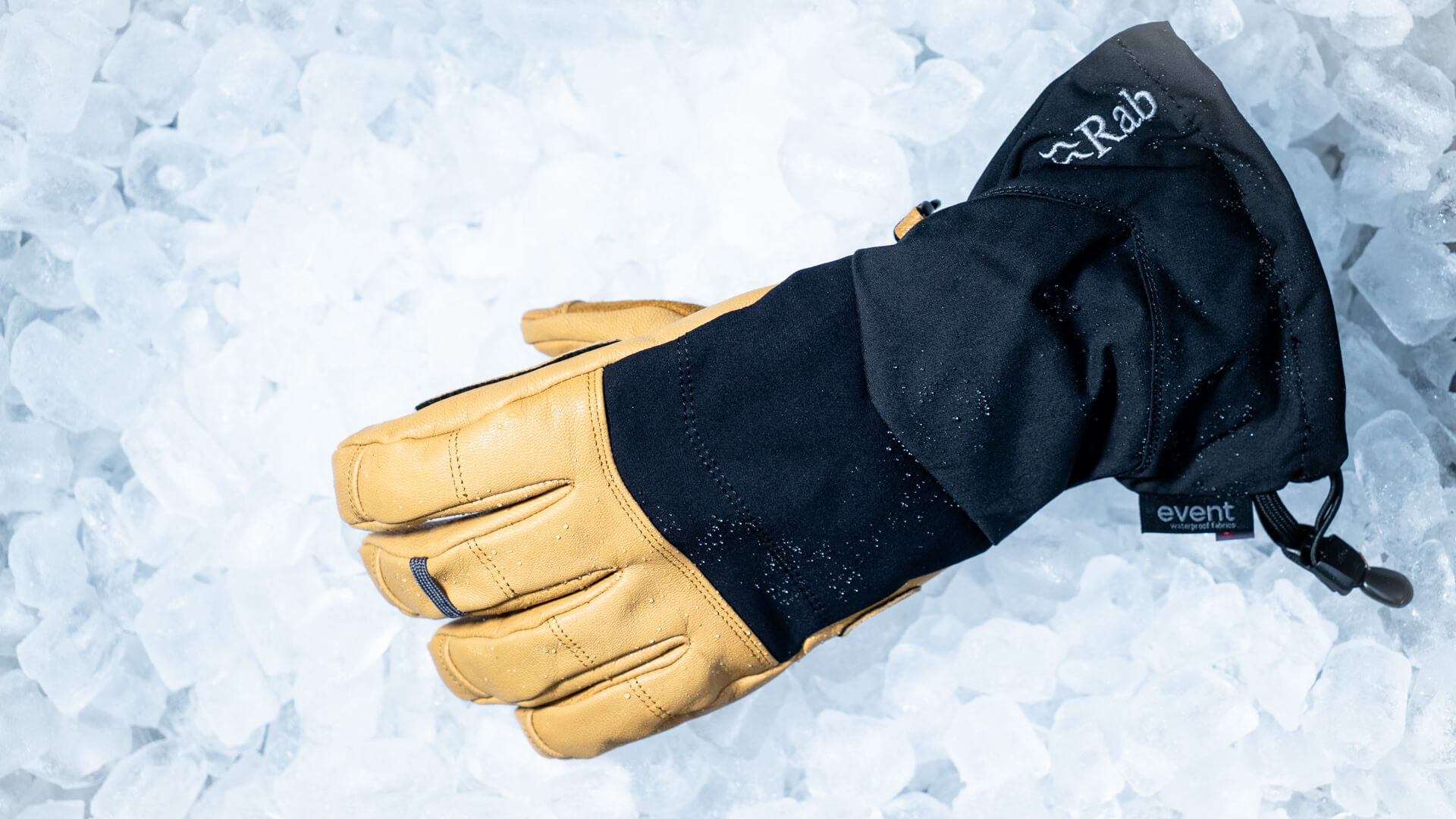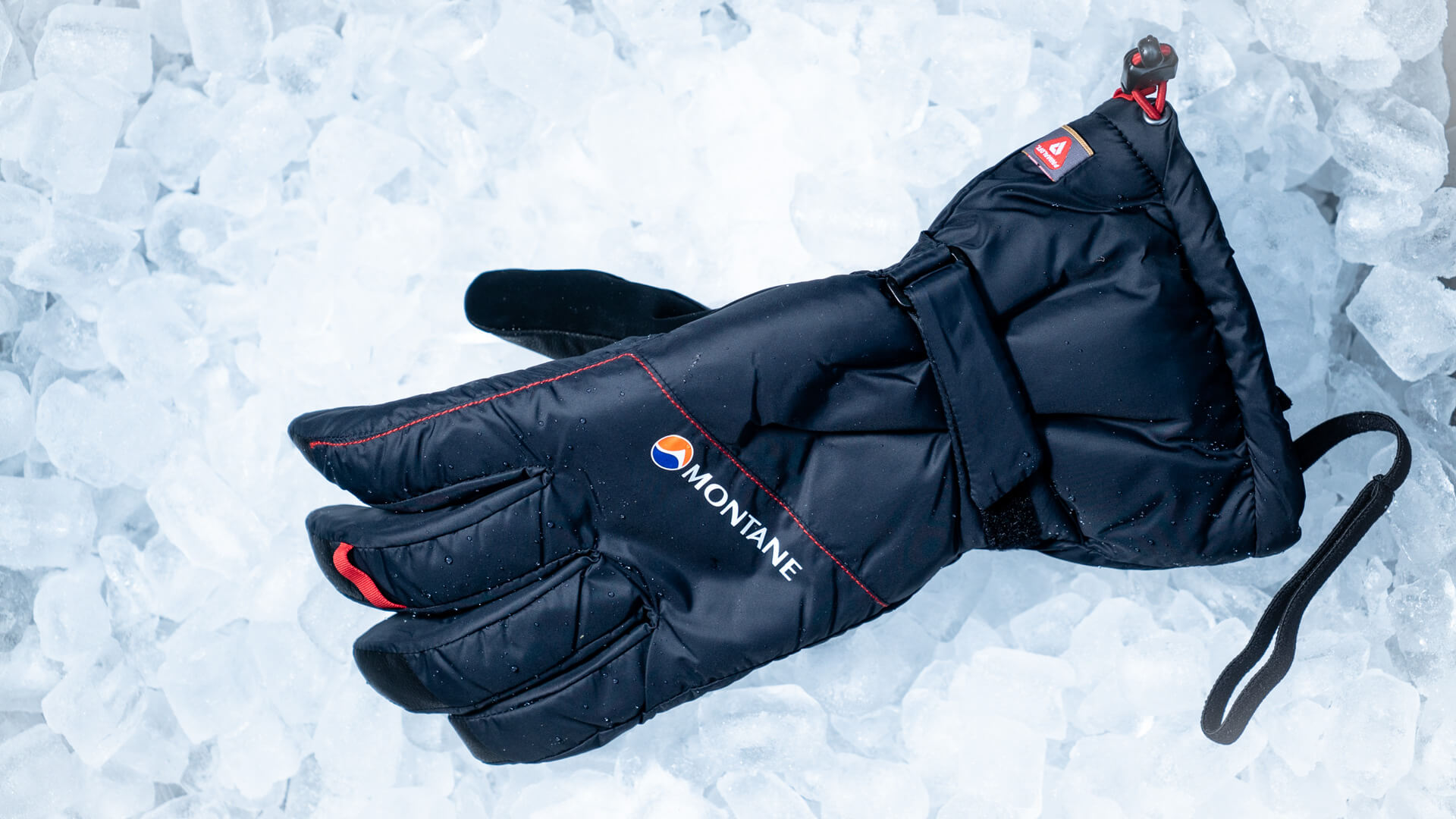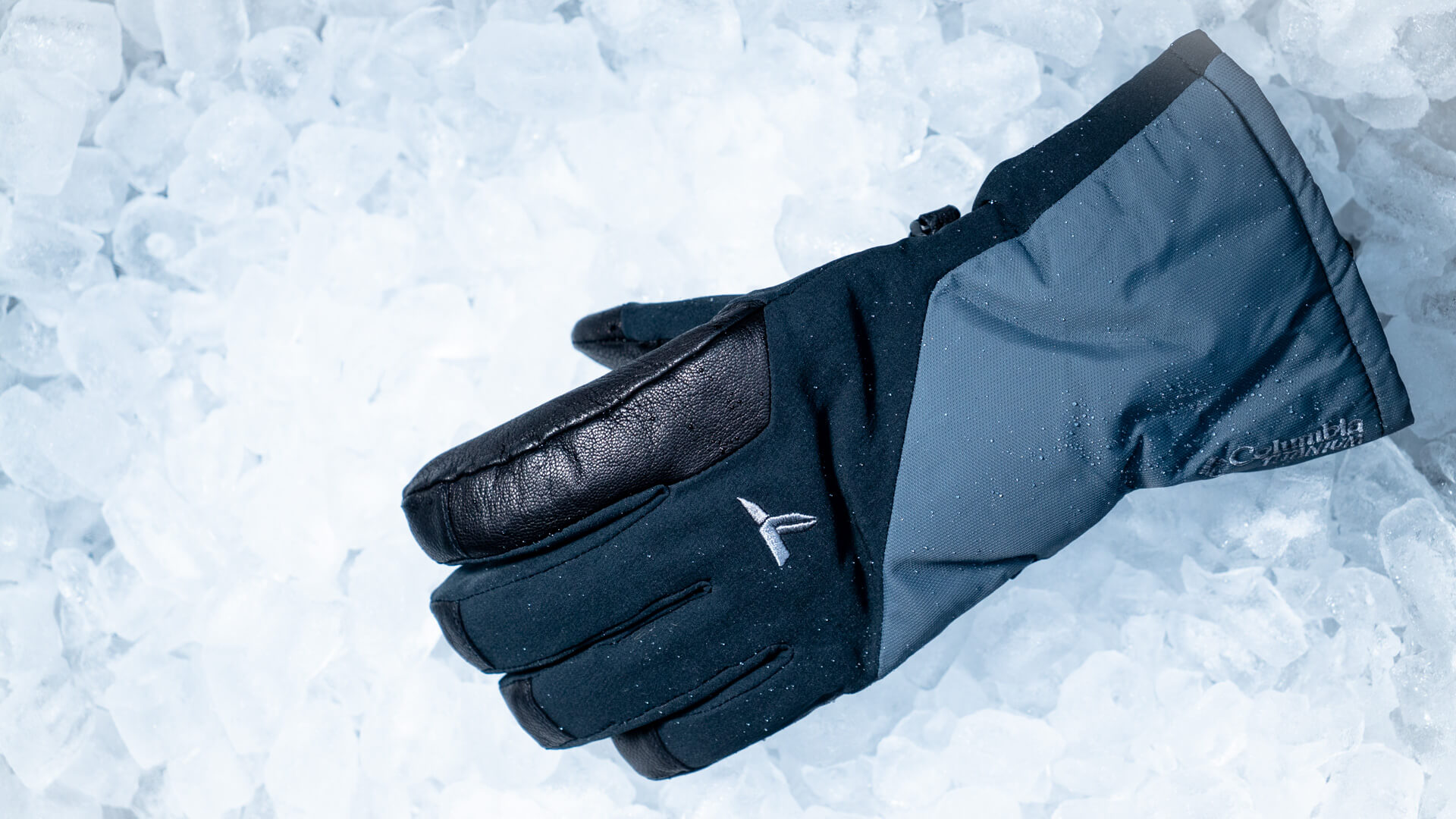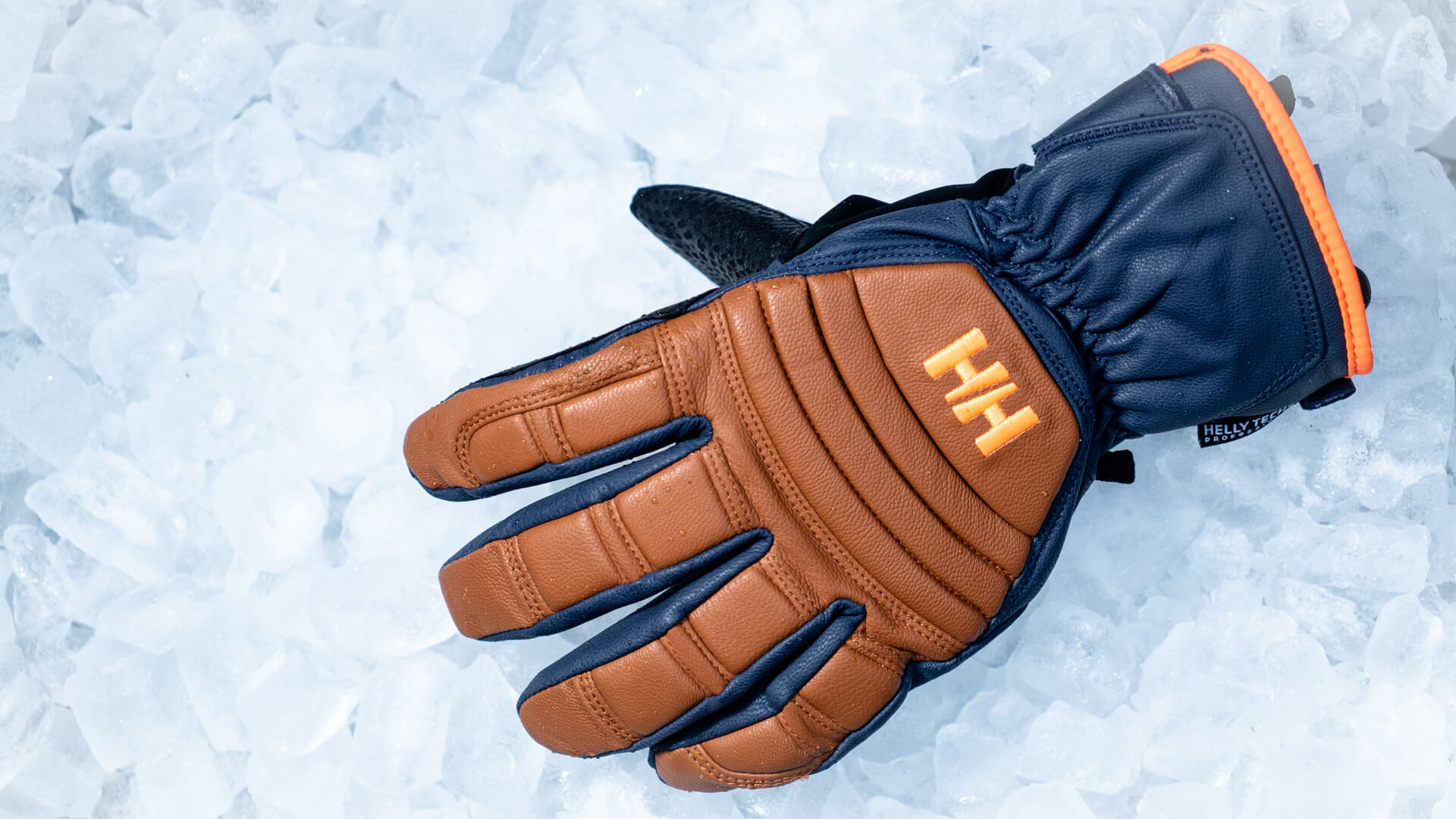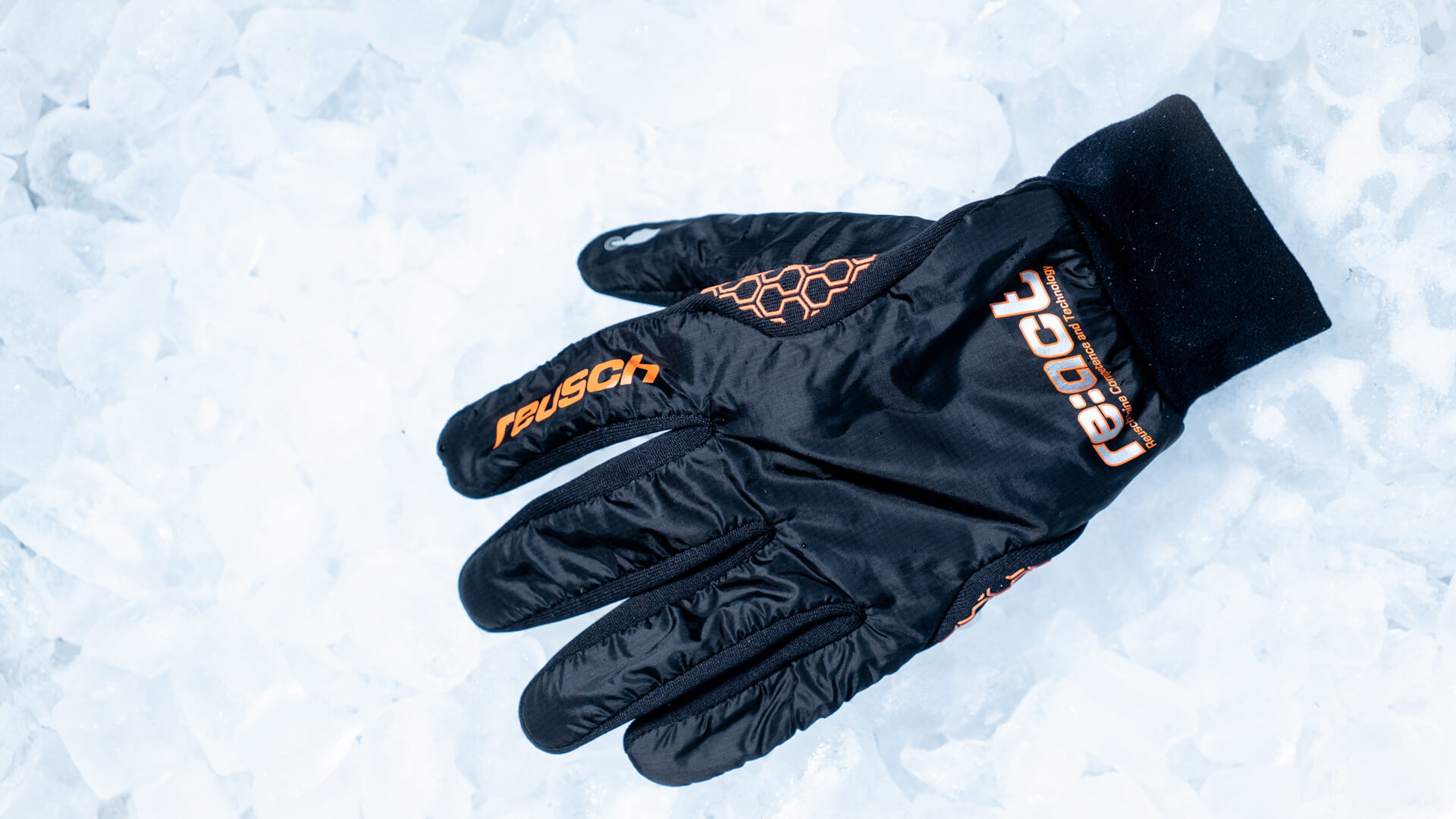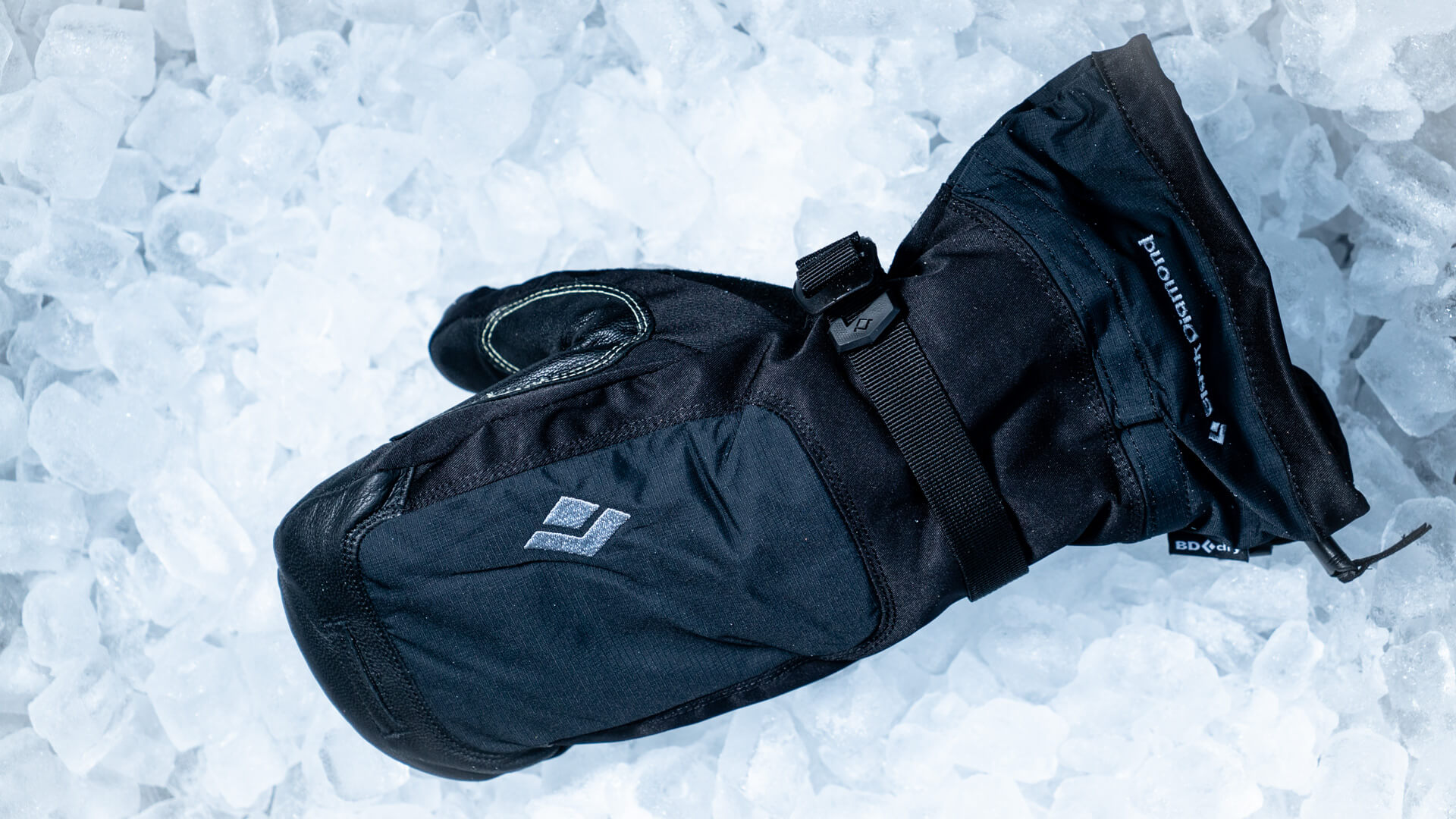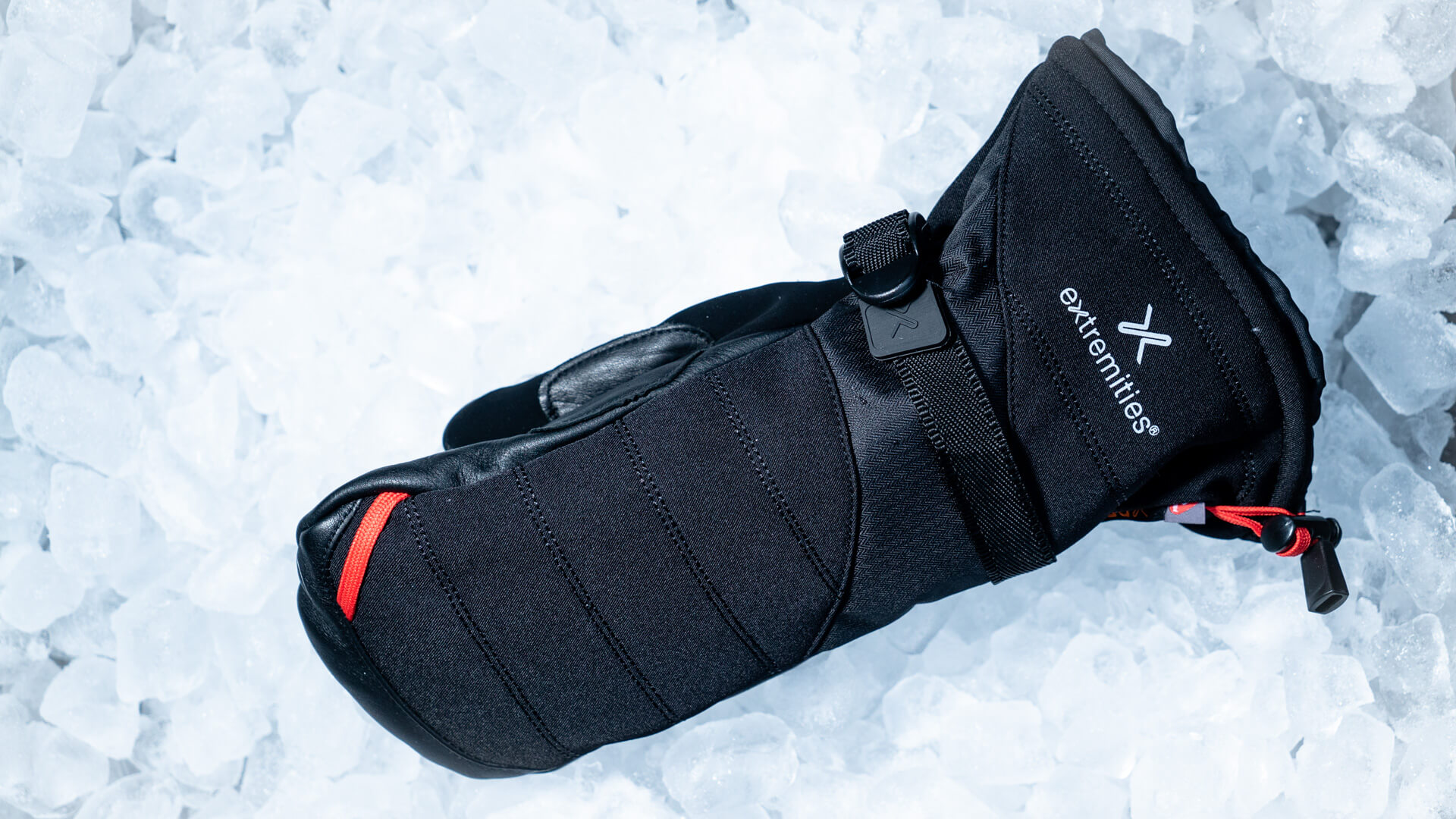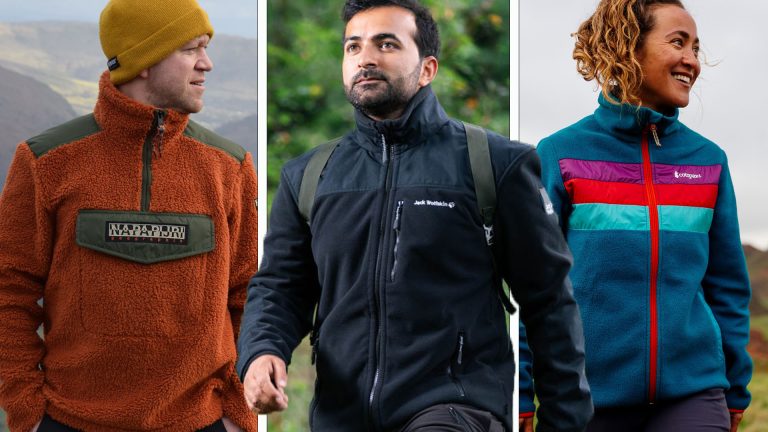Gloves that encompass climbing, winter walking and ski touring (aka mountaineering gloves) come in a plethora of shapes and sizes; all using different insulation-types, padding, waterproofing and various other features. They all have one big similarity though – or they should anyway – and that’s their end goal. Each one should be designed to make life in the UK mountains that bit more comfortable when frosty digits could be the order of the day.
With all of the variations out there, it can all be a little confusing when you’re looking to find the best mountaineering glove for your personal preferences, and so to help with this, we’ve created a short round-up laying out the basics.
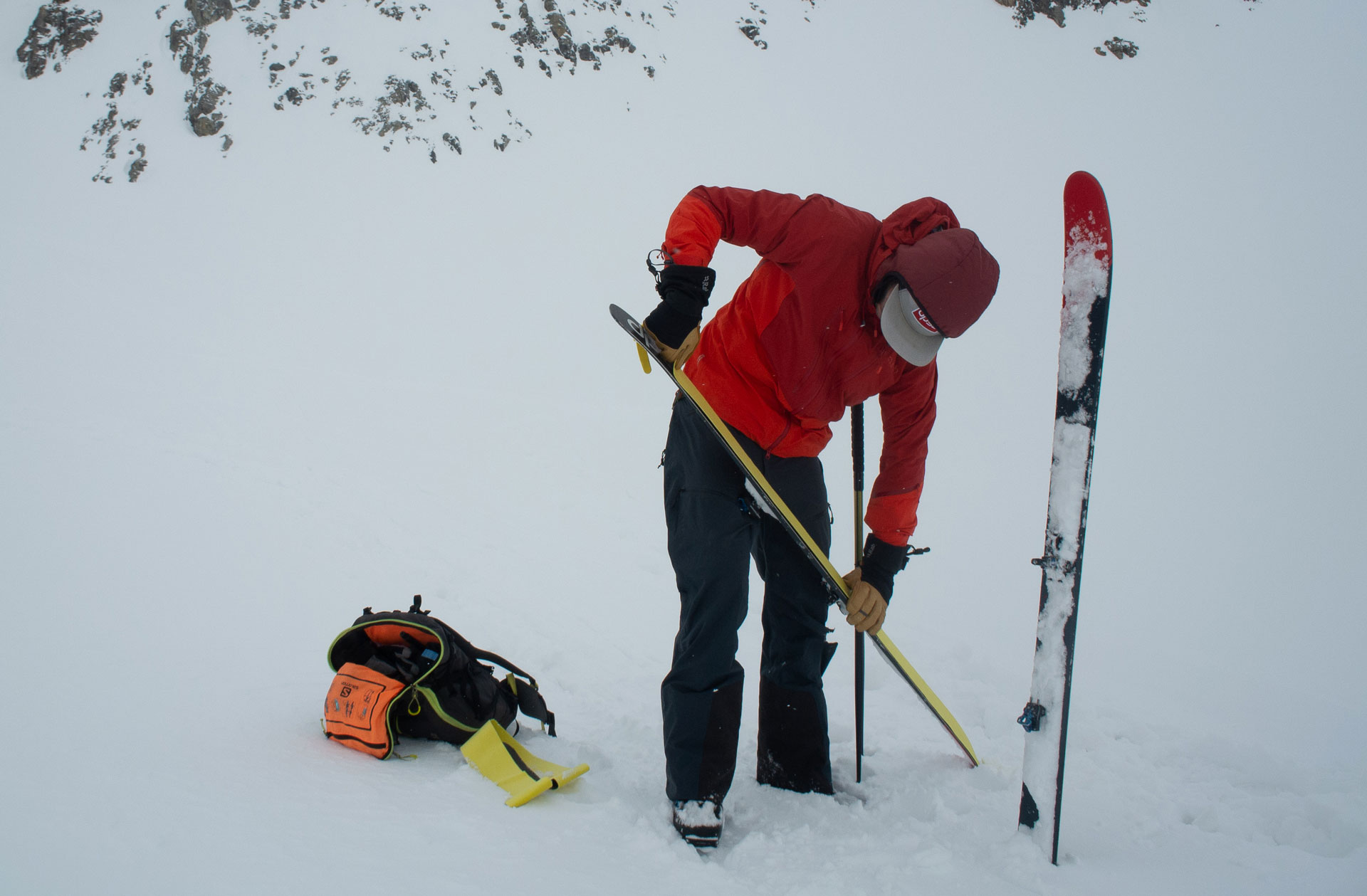
Gloves soon become one of the connections between yourself and the mountain, particularly when winter climbing. Therefore, it’s essential to have something that’s dexterous. We’ve all been in the situation where we’ve been fumbling around with ropes, compasses, jackets, etc, wishing that we had a pair of gloves on our hands that actually allowed us to perform the job in hand.
However, this dexterity must be coupled with warmth, particularly in typical UK winter mountain conditions. A barrier from the wind, low temperatures and rain is essential for keeping yourself ticking in the mountains.
Related: Best Mountaineering Boots 2019
Some people are lucky to be gifted with great circulation consistently pumping warm blood from our heart into our extremities, but others are reliant on a solid glove to keep their hands toasty. This circulation is personal and will thus influence the type of glove that you decide to go for.
When ski touring, walking or climbing, I’ll be carrying a minimum of two pairs of gloves. I’ll have a ‘workhorse’ pair that is dexterous and lightly insulated (my hands never get too cold, as long as I keep moving) and then a warmer pair that is stuffed into a dry bag at the bottom of my pack, only to be changed during lunch or belay positions.
Related: Best Softshell Jackets 2019
The idea of carrying two gloves is to keep the warmer pair as dry as possible. When winter climbing, on particularly wet days, I’ll travel with a third pair that I can switch over at belay stances, or when my main gloves become a little too damp to perform.
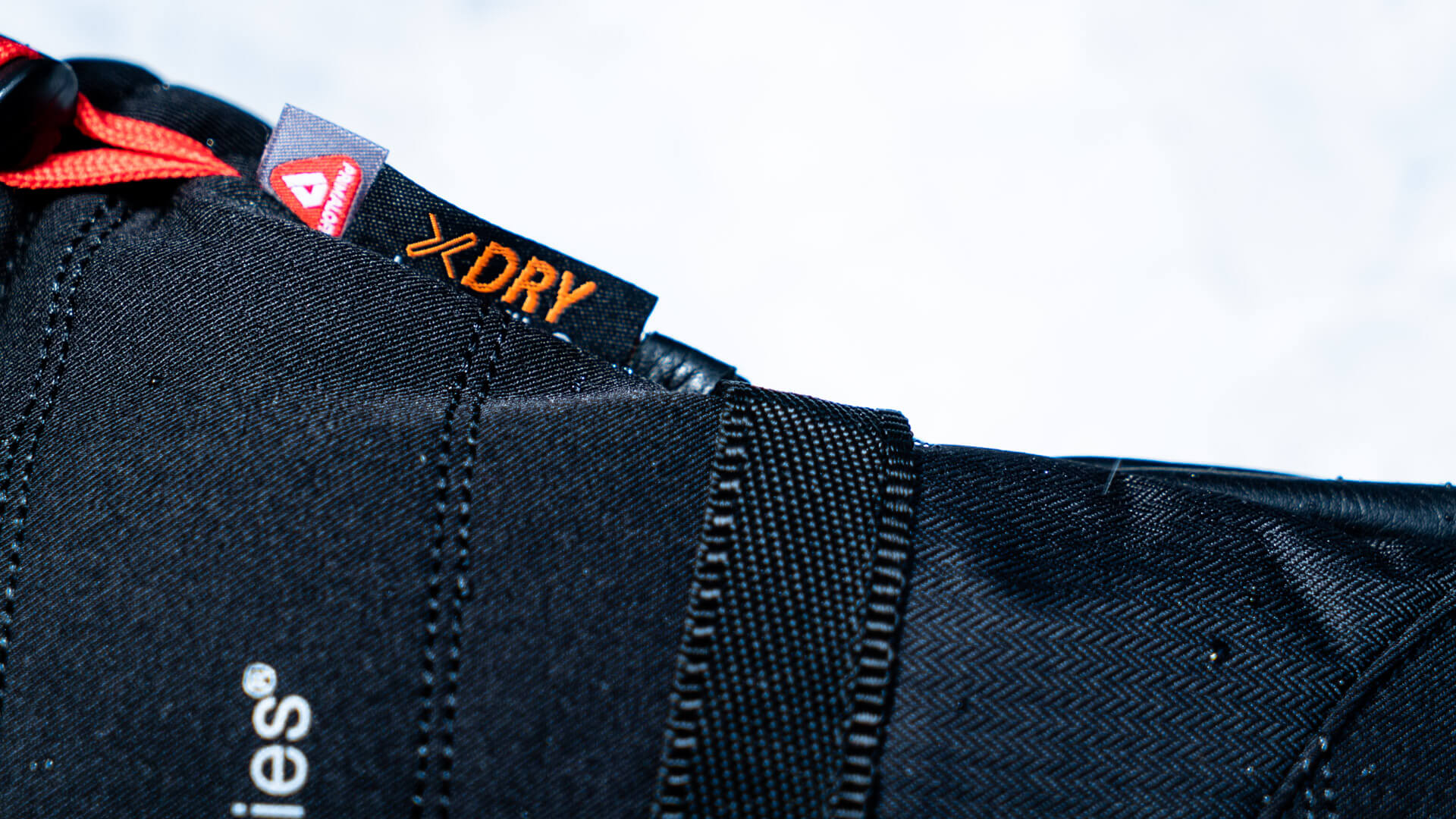
Waterproof Gloves
Waterproofing is a fundamental feature of UK mountaineering gloves. You’ll be spending a lot of time in contact with the snow when daggering your ice axe up steep snow slopes – and as you know, our snow is rarely of the light, fluffy and dry variety.
You do pay a premium and give up a little breathability with increased waterproofing, so we’ve included a few non-waterproof gloves in this test. These are more suitable for winter walking/running where you’re spending little time with your hands on snow.
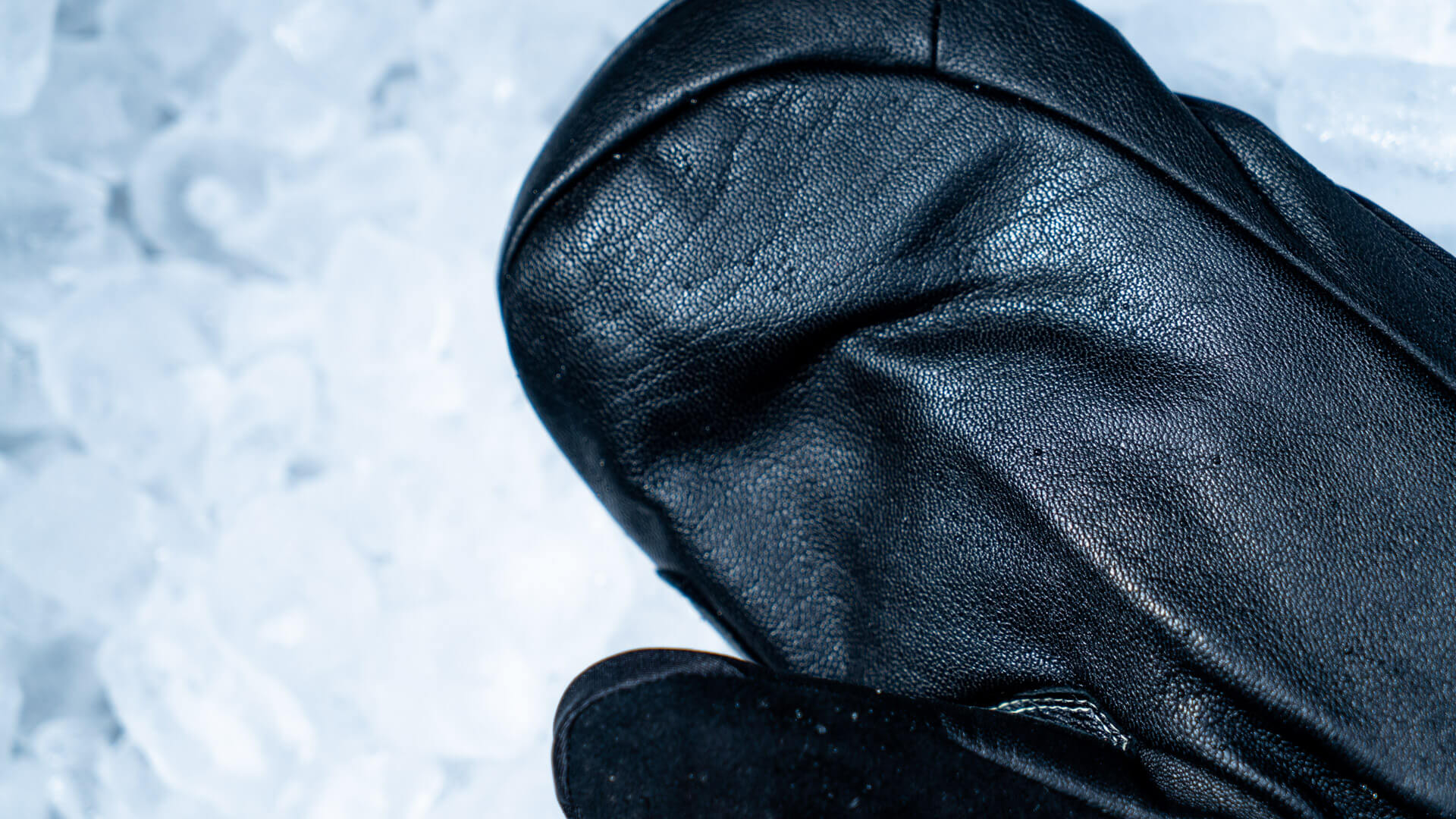
Mountaineering Gloves: Mitt or Glove
Gloves have individual fingers that allow you to move each finger separately. Mittens usually only have a separate thumb (although there are some on the market with a separate index finger that gives you increased warmth with decreased mobility.
In short, gloves tend to offer more dexterity, but less insulation, whilst mitts offer more insulation but less dexterity.
Gloves are usually used with just a very slim liner underneath or with nothing at all. Mitts tend to be worn with a separate thin glove, giving you the option to take the mitt on and off when you do need more dexterity for short periods before stuffing your hand back into the mitt for increased protection.
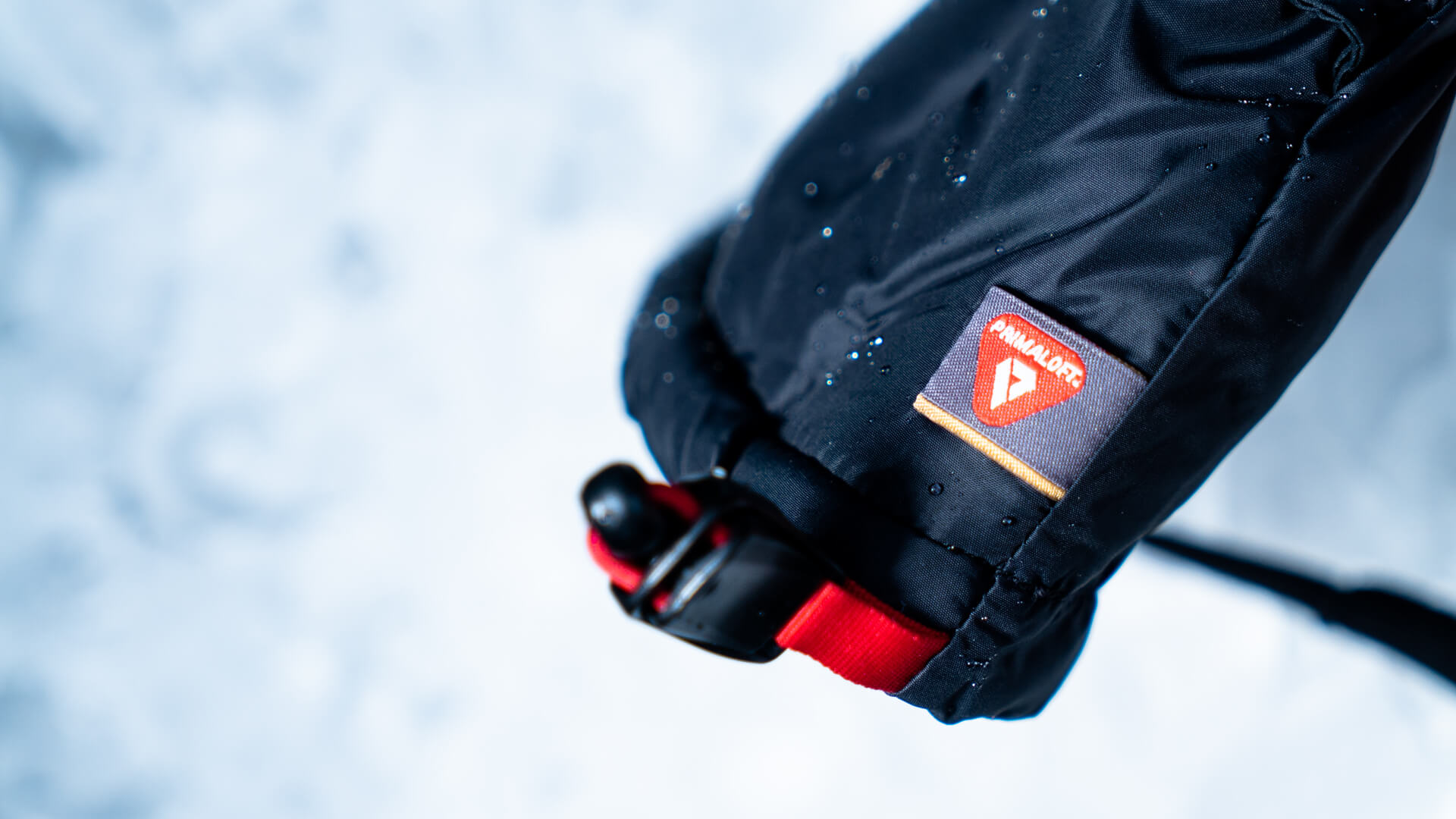
Insulation
Aside from the choice between a mitt or a glove, insulation also has a big influence on how dexterous a glove is. In short, more insulation equals more warmth, but that trade off is a less flexible glove. You’ll have an idea yourself how much insulation you require.
It’s also worth bearing in mind that the amount of insulation required depends on the activity you’re buying the glove for. For example, a winter climbing or ski touring glove will need slightly less insulation than that of a walking glove. A glove that will be specifically used when sitting on belay ledges on the north face of the Ben will require a fair bit of insulation.
If you’re unsure then I’d err on the side of caution and go for a slightly warmer glove than you imagine. There’s nothing worse than a numb pair of hands halfway through your day.
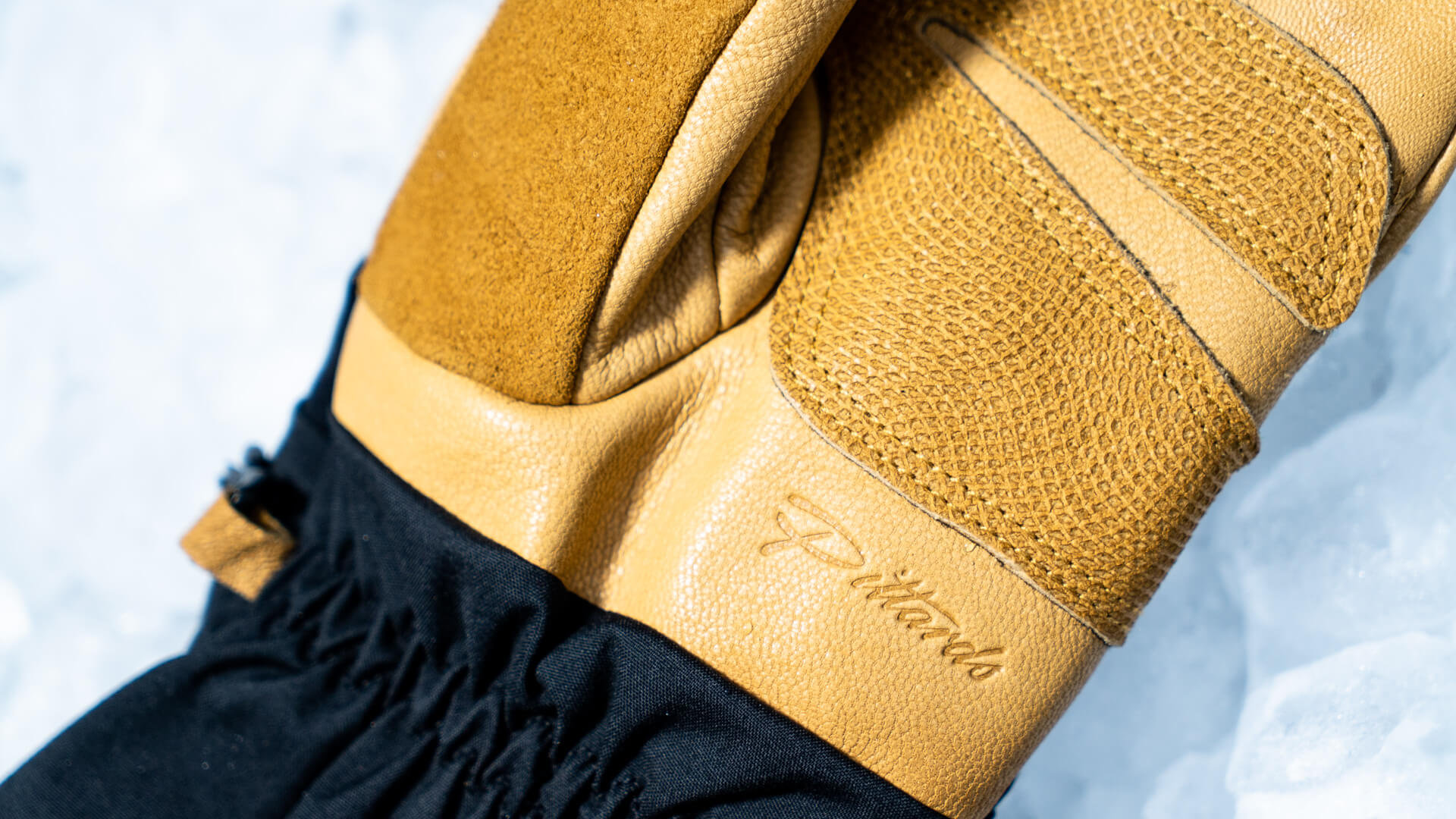
Palm Durability
I’ve gone through heaps of gloves following my time spent crashing around the mountains. Almost all the failures have involved the palm or fingers wearing or splitting apart. This makes sense, of course. The palm takes the brunt of the wear whilst out in the mountains, so it always helps to have gloves that have a high quality leather – or something equally durable – in that area as well as clever stitching methods to avoid the seams splitting open.
Leather is the time-tested material that glove makers reach for. If you’re just looking for a budget option lightweight glove, then leather quality may not matter so much but I’d highly recommend it f you’re after something that will last year after year.
The Best Mountaineering Gloves 2025
Without further ado…
-
Rab Guide 2 Gore-Tex
-
Salewa Ortles GTX
-
Montane Extreme
-
Columbia Powder Keg II
-
Helly Hansen Ullr Leather HT
-
Mammut Nordwand Pro
-
Reusch Pamir Hybrid
-
Black Diamond Mercury Mitts
-
Extremities Pinnacle Mitt


